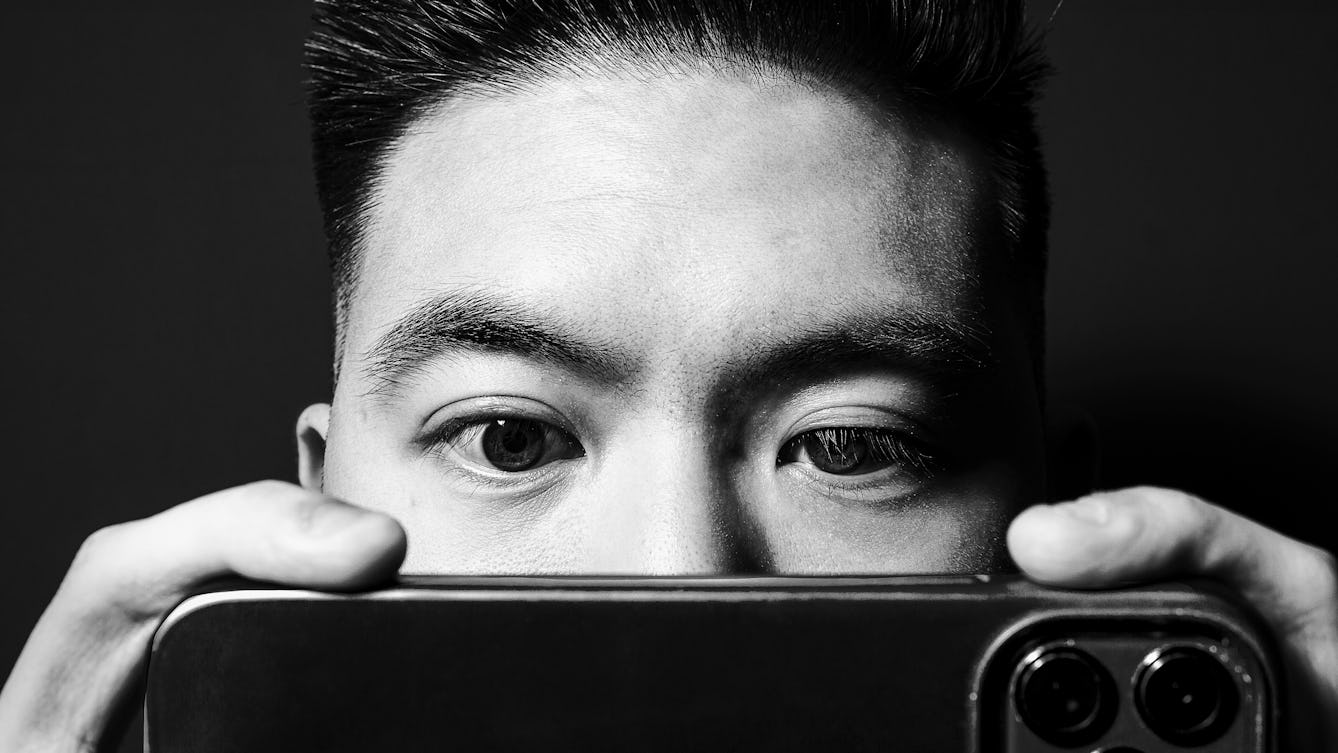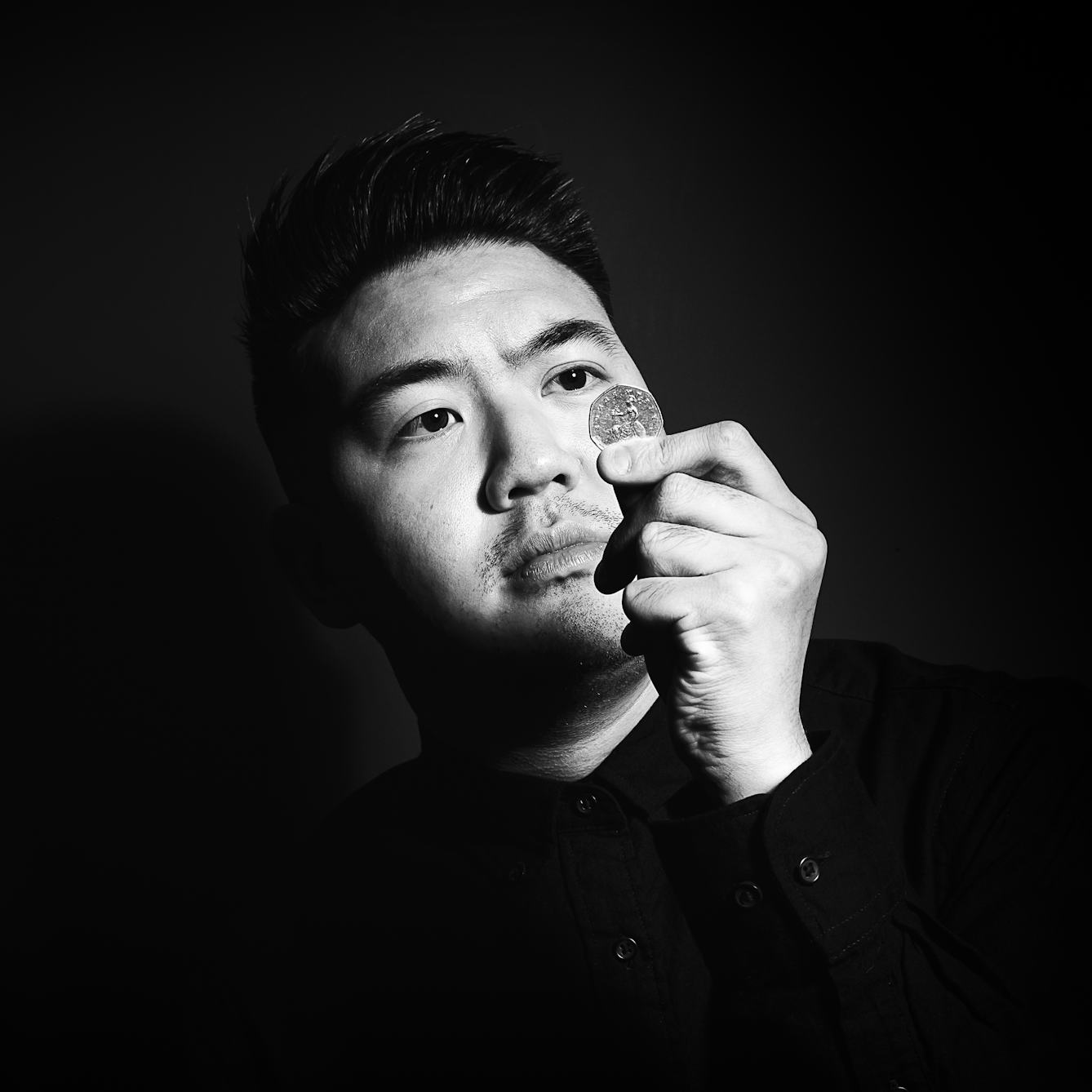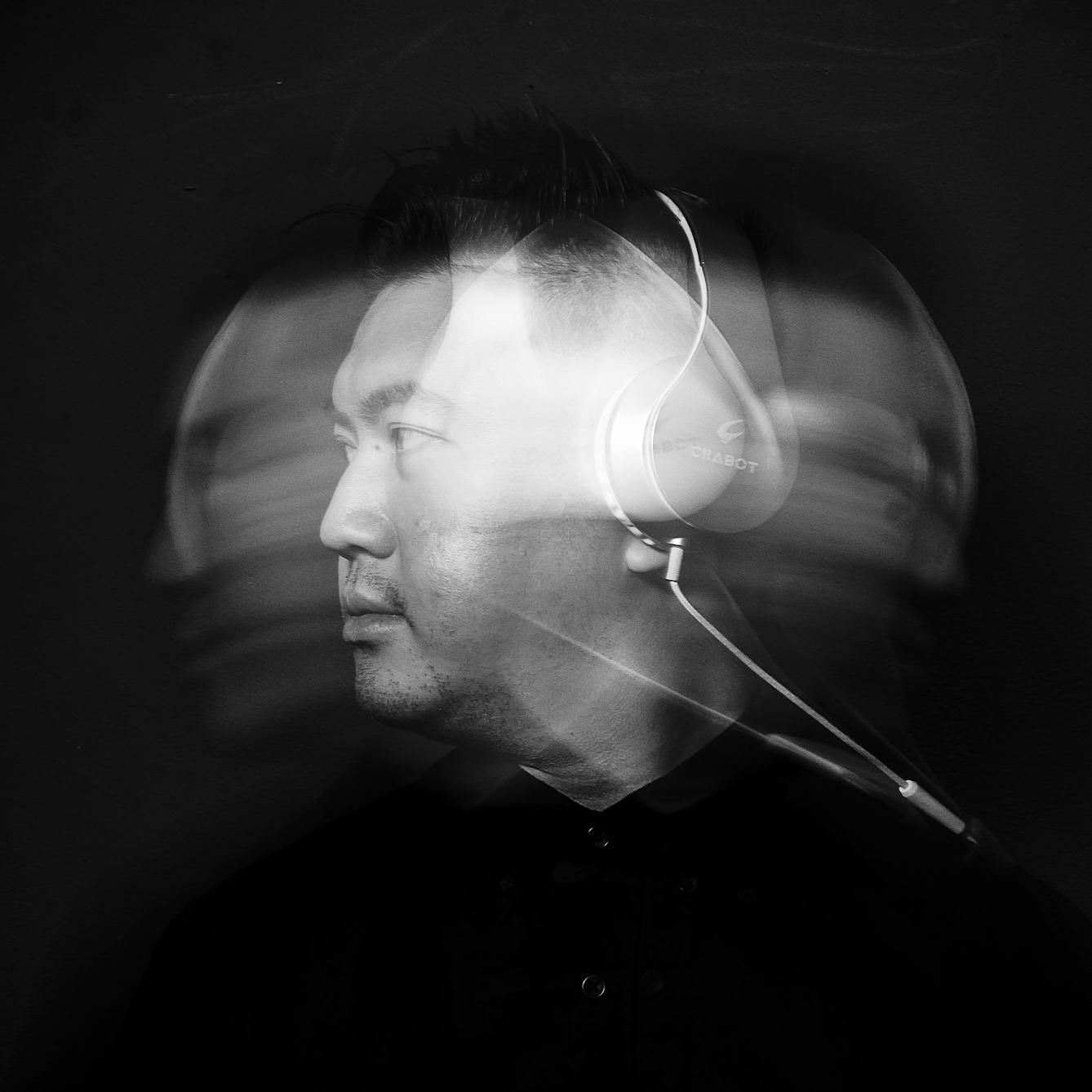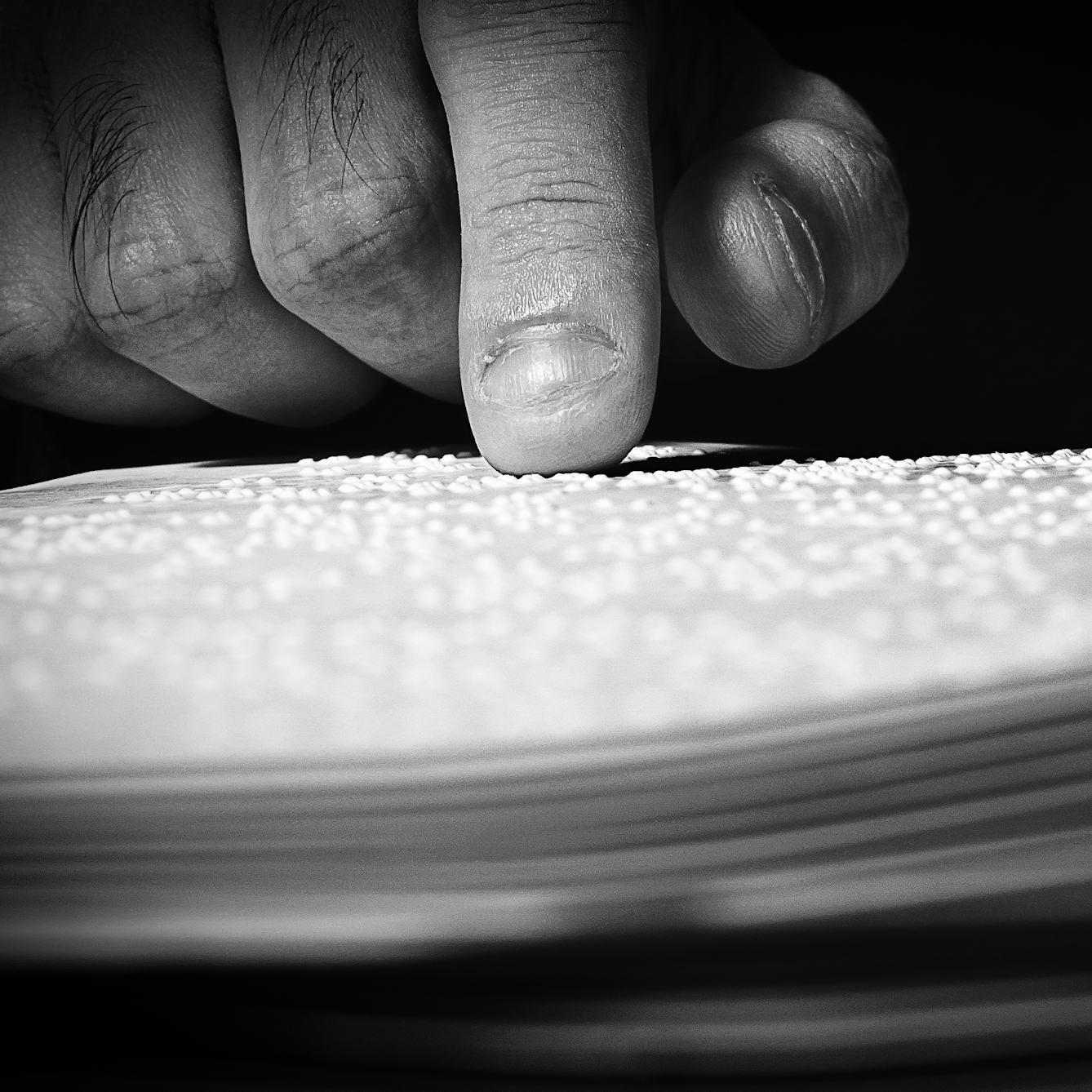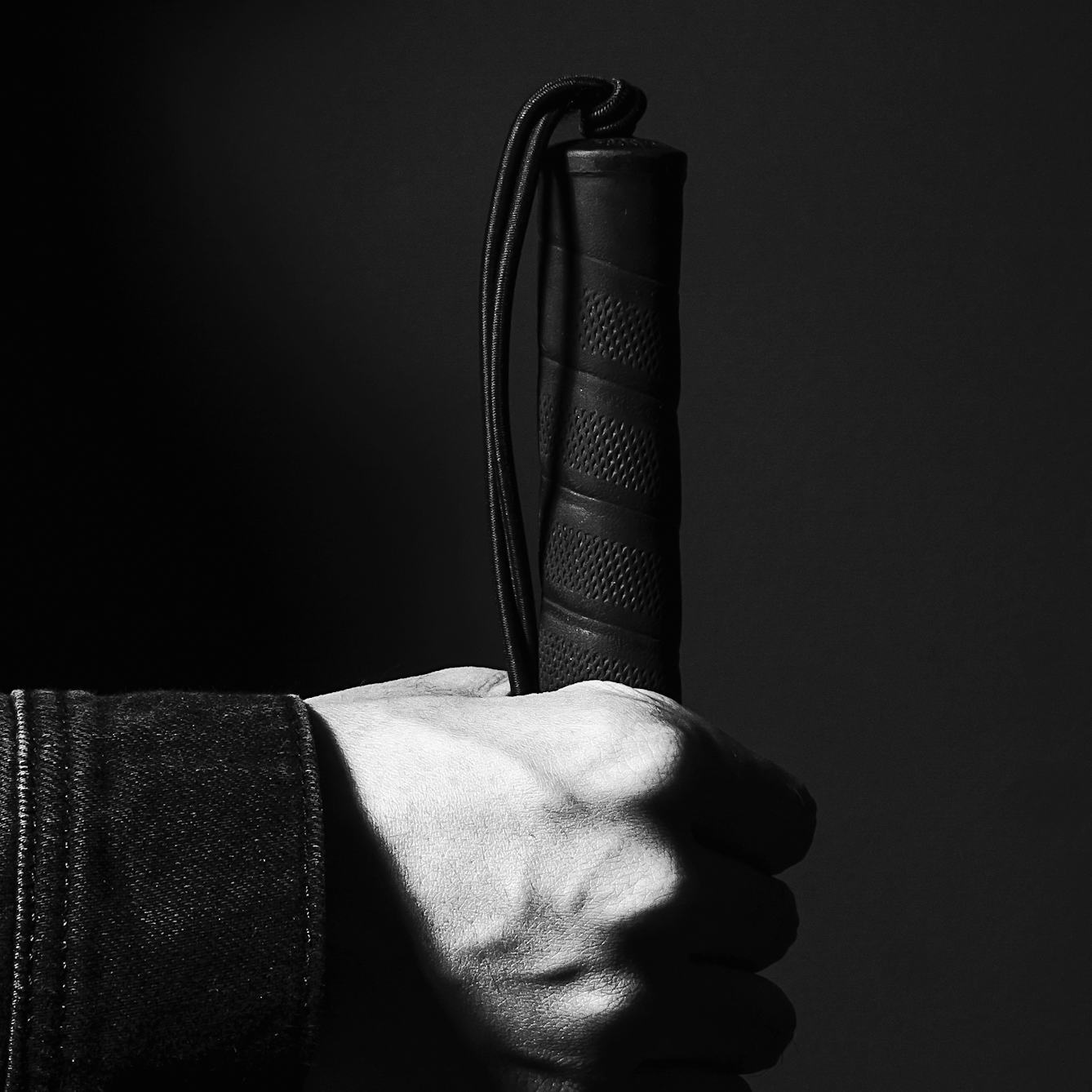When Alex Lee discovered that an inherited condition was causing sight loss, his life changed profoundly. He also began to explore the array of different assistive technologies available to help blind and visually impaired people read, communicate and find their way around. In this six-part series, Alex dives into the history of assistive technology, from long before computers to the latest AI. He asks why Braille took so long to become popular, how the simple white cane has been hard to improve on, what people might be able to see that machines never will, and who is responsible for the parlous state of audio description in the UK’s cinemas.
